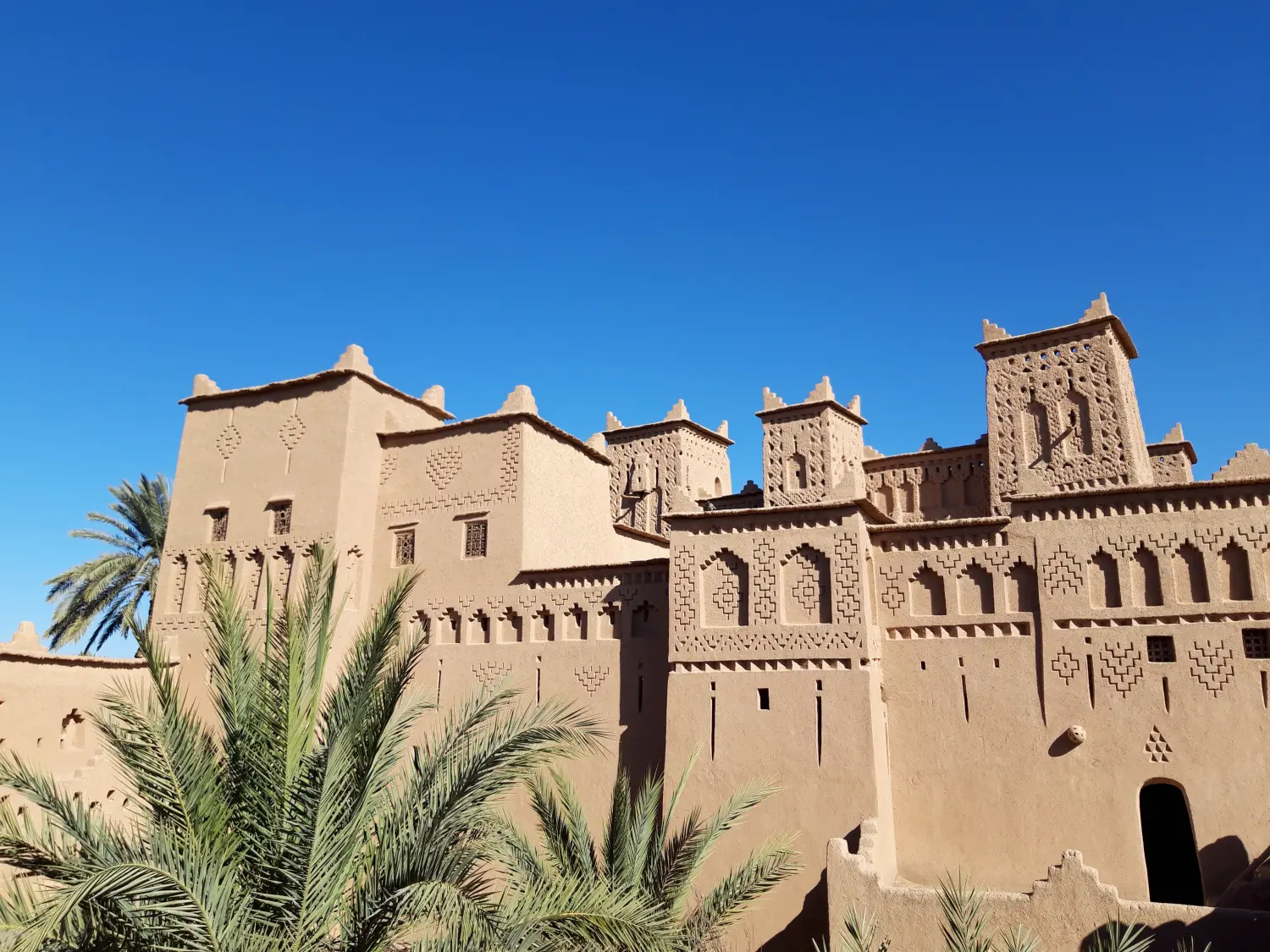
Size: over 445,000 km2
Population: 35 million
Capital: Rabat
Religion: Islam (98 %)
National language: Darisha (Moroccan Arabic), various Berber languages such as Tamazight in theMiddle Atlas, Ghomara, Tarfit in the Rif Mountains, and Tashelhit in southern Morocco.
Foreign languages: French, Spanish, and English
In Morocco, 98% of the population is Muslim, approximately 1% Christian, and 0.2% Jewish. Belief in spirits is deeply rooted in popular religion, a legacy of the pre-Islamic Berbers. The Berbers are the original inhabitants of Morocco. Today, approximately 45% of the population living in Morocco are Berbers, 21% are Arabized Berbers, and around 44% are of Arab descent. Moroccans are very tolerant in their religious practices. However, non-Muslims are not allowed to enter mosques, except for the Haasn II Mosque in Casablanca.
Revealing clothing is frowned upon in Islamic countries, including Morocco. As a sign of respect, it is recommended not to stroll in public in hot pants, miniskirts, or bare midriffs. This is not taken so strictly in larger cities and hotels, but in rural areas, this dress code should be observed.
Public displays of affection and suggestive behavior are frowned upon.
Extramarital relationships and homosexuality are prohibited by law, do not show in public.
Moroccan men greet each other warmly. However, this is not a sign of homosexuality; it is part of Moroccan culture.
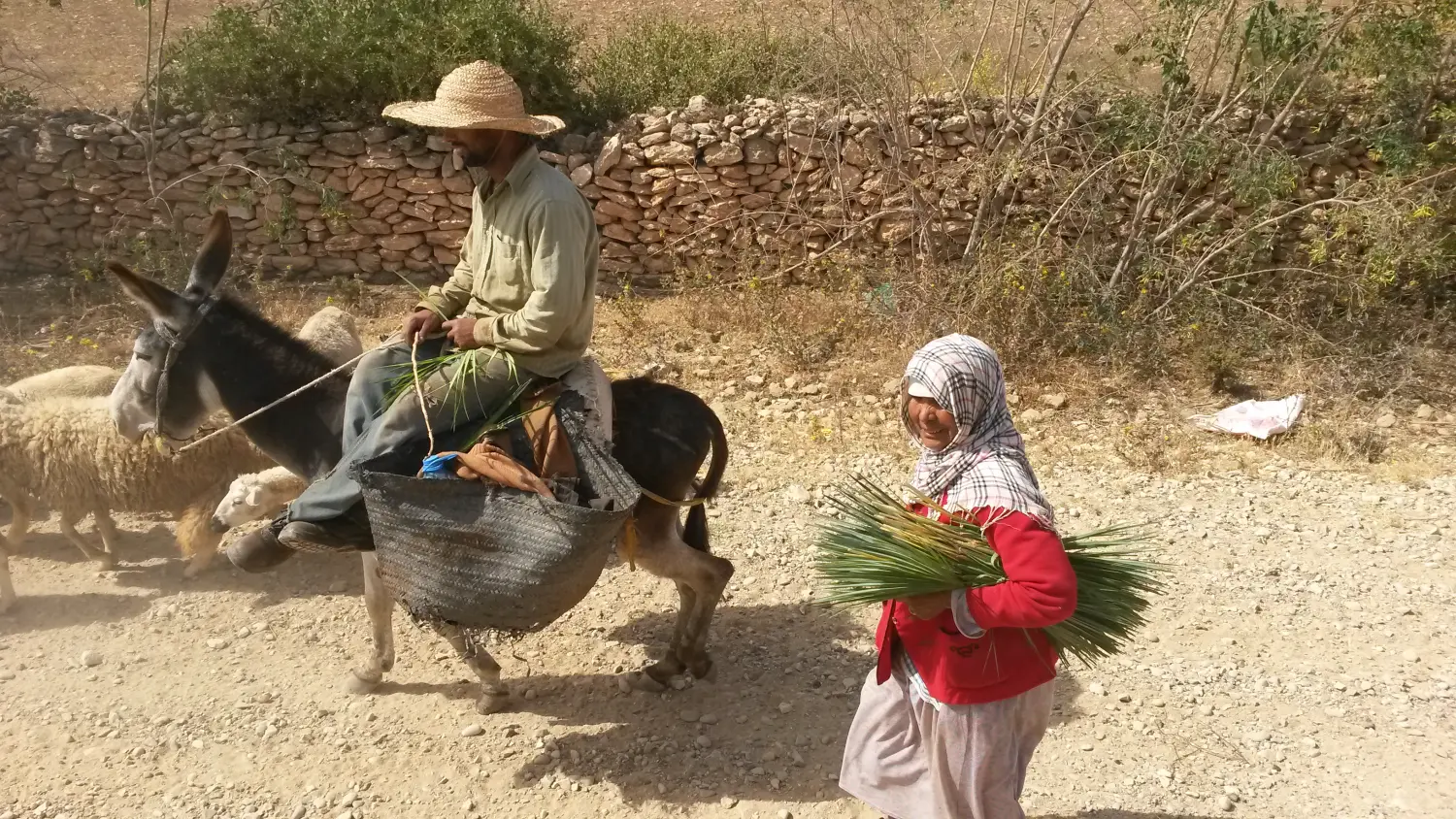
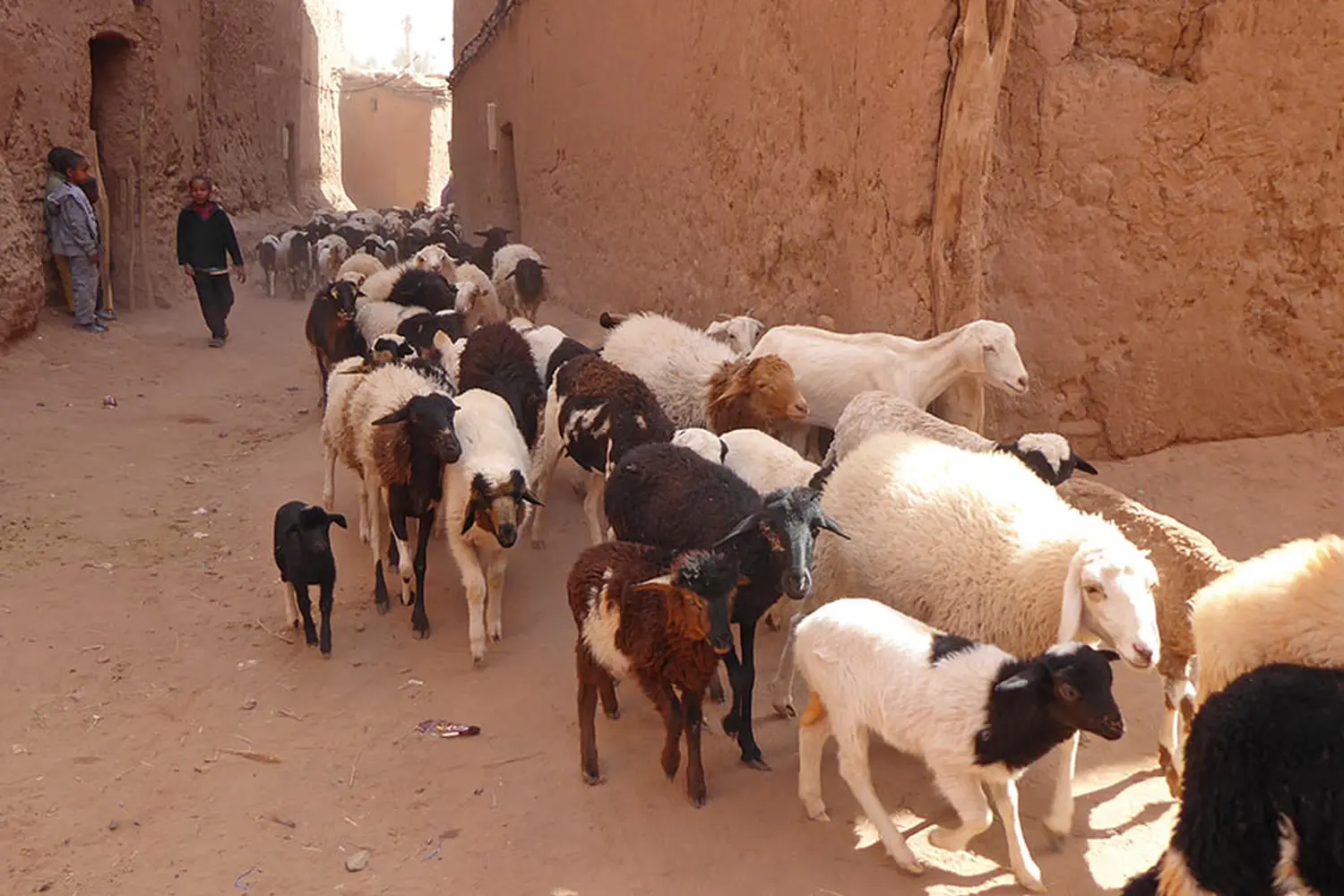
During Ramadan, Moroccans fast during the day. Therefore, restrictions and changes to the usual daily routine may occur during this time, such as closed shops and deserted streets during the day. However, everyone flocks outside at dusk to break their fast with the call of the muezzin.
Hotels and our tours are generally unaffected.
Ramadan, like our Easter, does not have a fixed date. The date for Ramadan in the corresponding year can be found online.
Morocco is a constitutional monarchy. The king is highly respected. Insults to the king or the monarchy can result in legal consequences. Moroccans are generally very hospitable and open people.
The food in Morocco is very diverse. ... and above all, there is no fast food! The countless sun-ripened vegetables combined with grass-fed beef, lamb, goat, and poultry are prepared with oriental spices. They are the fresh ingredients for the typical Moroccan dishes tagine and couscous. Tagine is a type of stew with fish or meat and vegetables prepared in a clay pot. Couscous is made from steamed grains, such as durum wheat semolina.
In Morocco, bread is eaten plenty with every meal. Moroccans, like other Arab people, like to eat with their right hand, using a piece of bread as a tool.
Harira is the Moroccan soup made from beans, lentils, and chickpeas, both with and without meat, and can be found on every menu.
The typical Moroccan salad consists of cucumber, tomato, and onion.
In the coastal areas, there is plenty of fresh fish, including squid and crab, or freshly grilled sardines.
Vegetarians also get their money's worth. Tasty vegetables are prepared with sophisticated spices, and unusual ingredients such as dates, figs, and prunes give the dishes their typical oriental flavour.
Almost everywhere you can find freshly pressed juices made from oranges, grapefruit, strawberries, avocados and carrots

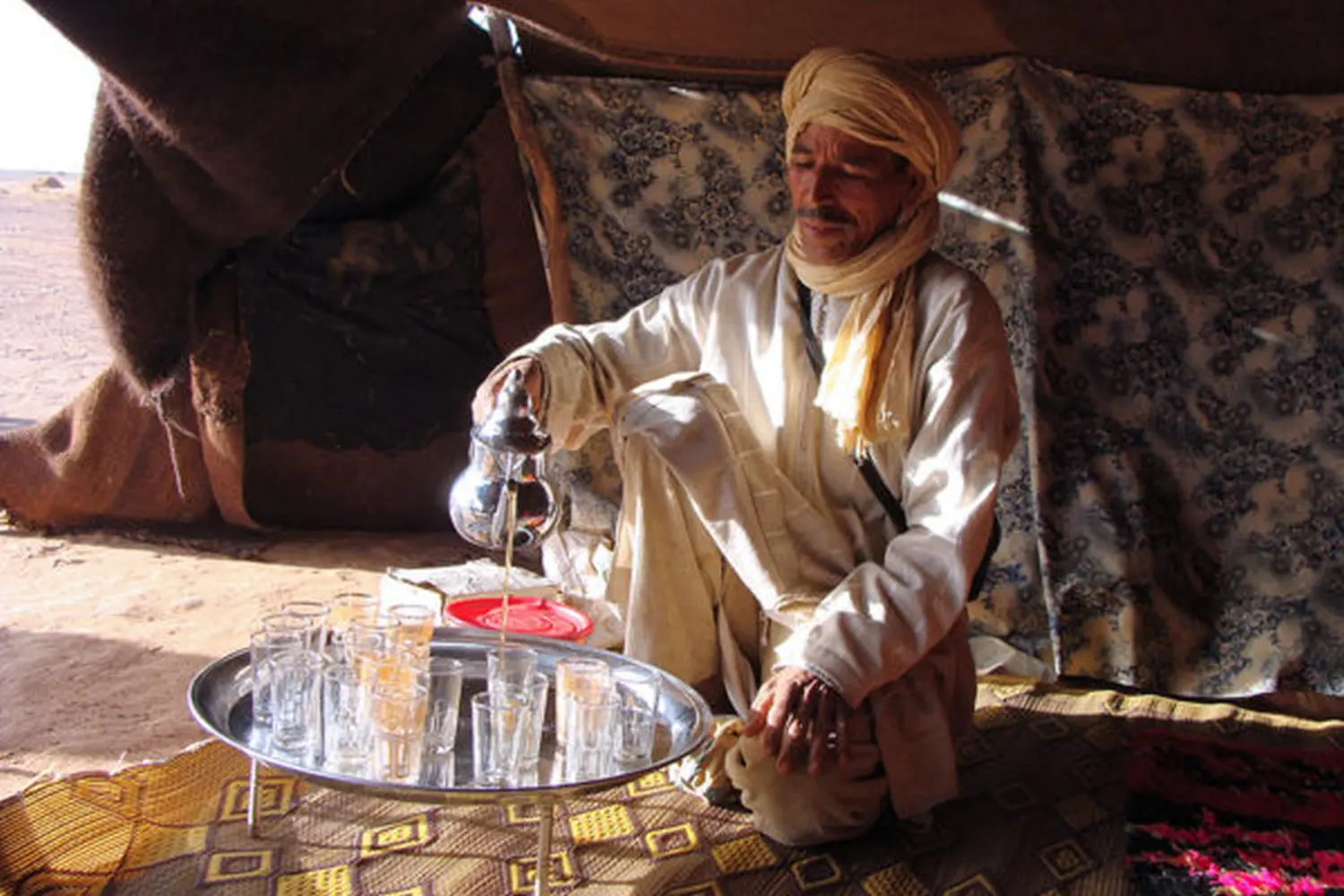
Coffee or tea are the most popular beverages. Drinking tea in Morocco is like a ceremony.
Localsjokingly call "Thé à la menthe" the "Moroccan- or Berber whiskey" because the tea resembles the color of whiskey after a long brewing time.
Alcohol is not common. Alcoholic beverages can be found in a few large supermarkets in the cities and in hotel bars.
Morocco is famous around the world for its creative and skilled craftsmen.
The beautiful products of the workshops can be obtained in the souks of the cities of Marrakesh, Fez, Ouarzazate, Essaouira and many other places.
On the tours with Caravane de Rêve you will be able to visit some of these workshops and buy their products.
There are silversmiths who make the traditional Berber jewelry. Silver, fibulae, rings, necklaces and bracelets are processed. In the streets of the medina there are the quarters of the metal processing guilds. Here you will find beautiful lanterns, finely chiselled brass plates and filigree punched lamps made of various metals.

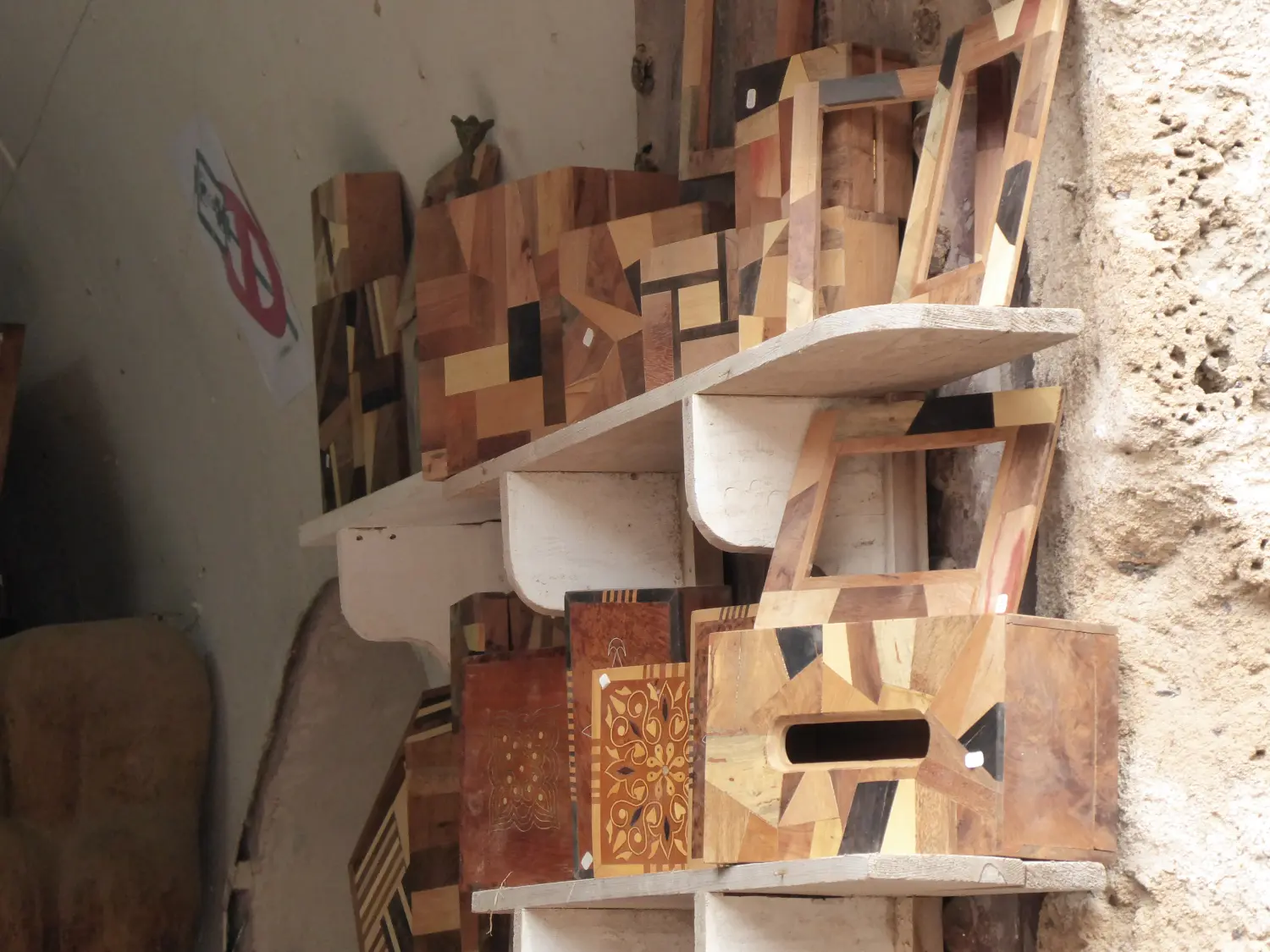
Carpenters master the fine art of inlay, using native wood species such as thuja and cedar, from the Atlas Mountains, and tamarisk from the desert regions.
Contact usCarpets are mainly made by women, by hand over many months. They are often organized in cooperatives.For dyeing only natural products are used. The wool is predominantly dyed with the natural pigments of saffron, henna, mint and indigo. Very popular are also the so-called Glaoui rugs with their traditional motifs and the Aknif rugs, which can be rolled up thinly. Knotted carpets are much heavier, but also last longer.
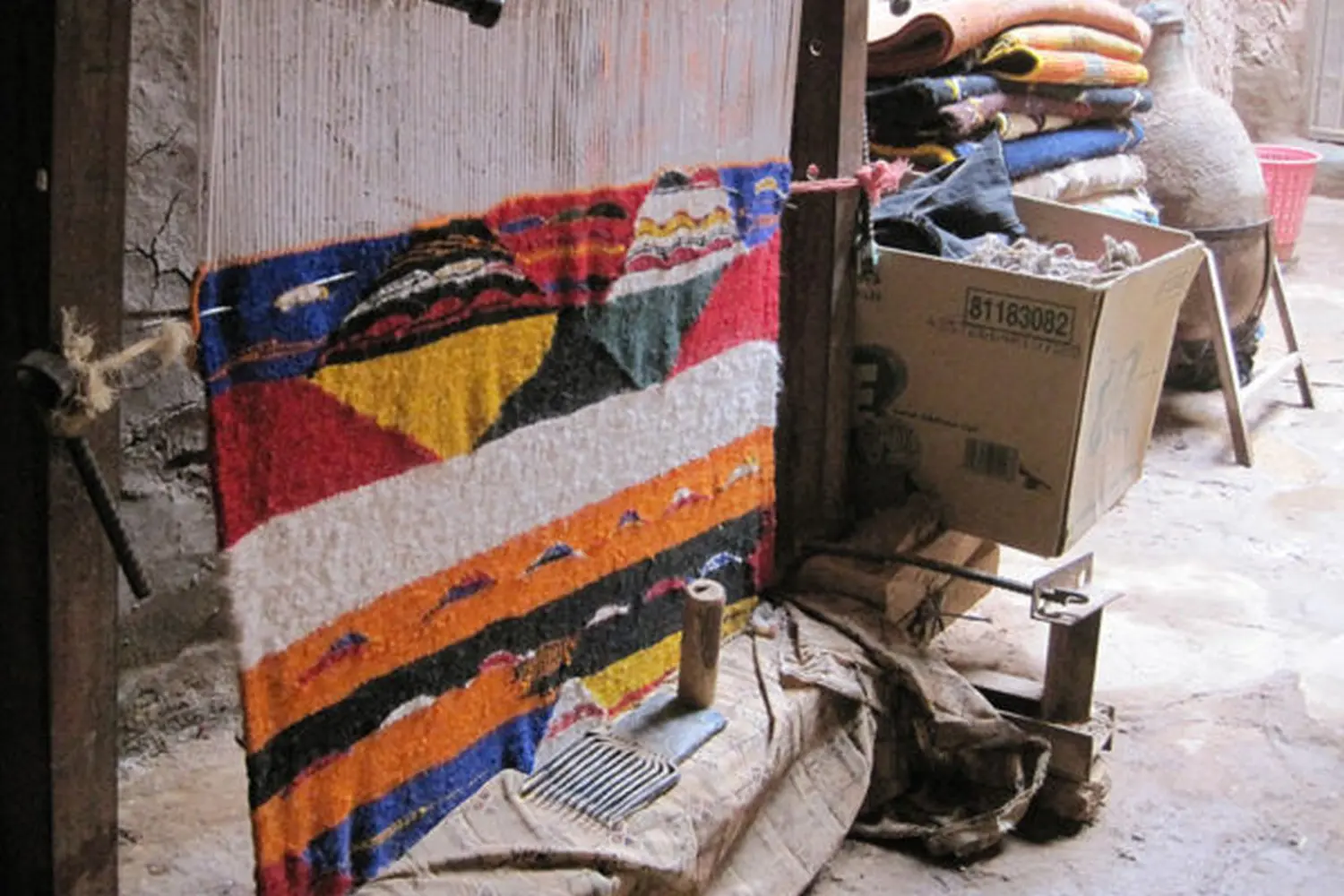
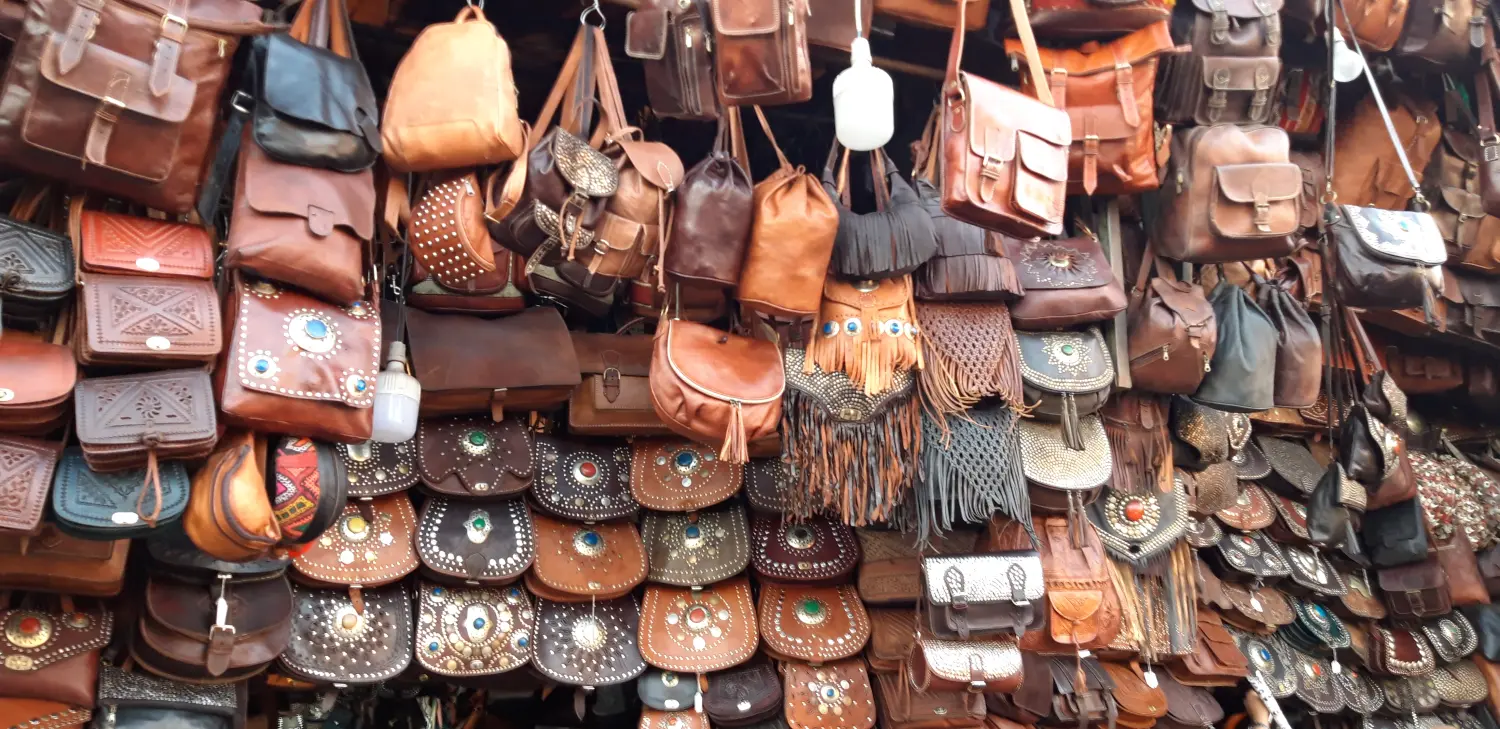
In Morocco tannery is still very traditional. In the tanneries pigeon droppings and lime are in used for tanning, and it is all done by hand. The leather is dyed with natural colors, such as saffron, mint, indigo and henna. Like wise the cactus silk for embroidering.
Contact usThe typical ceramic products are vases, bowls in every size and pots for the garden and of course the well-known Tajine cookware. In the Moroccan potteries, the techniques are passed on in families for generations. In many communities, several families have formed cooperatives.
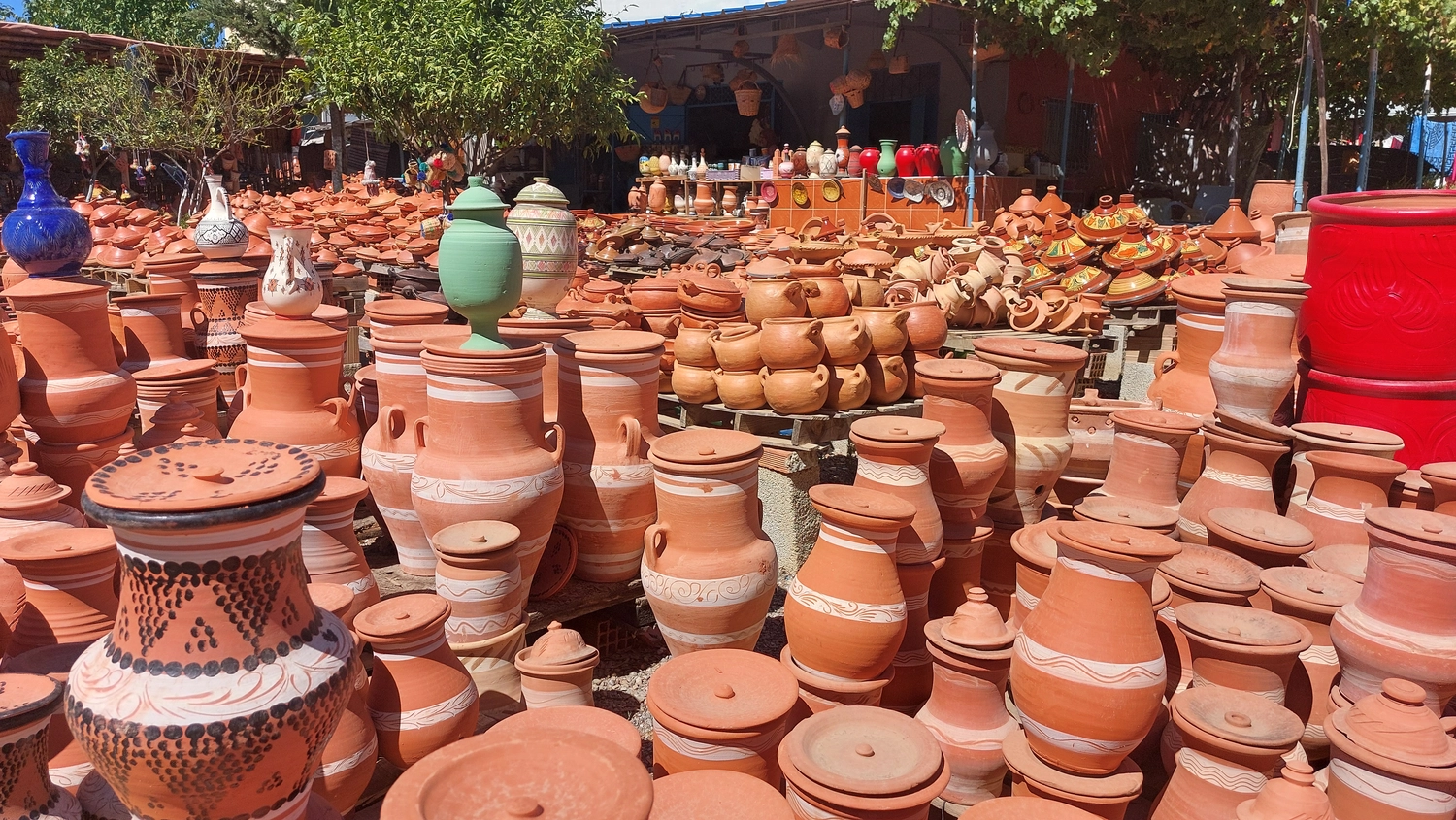
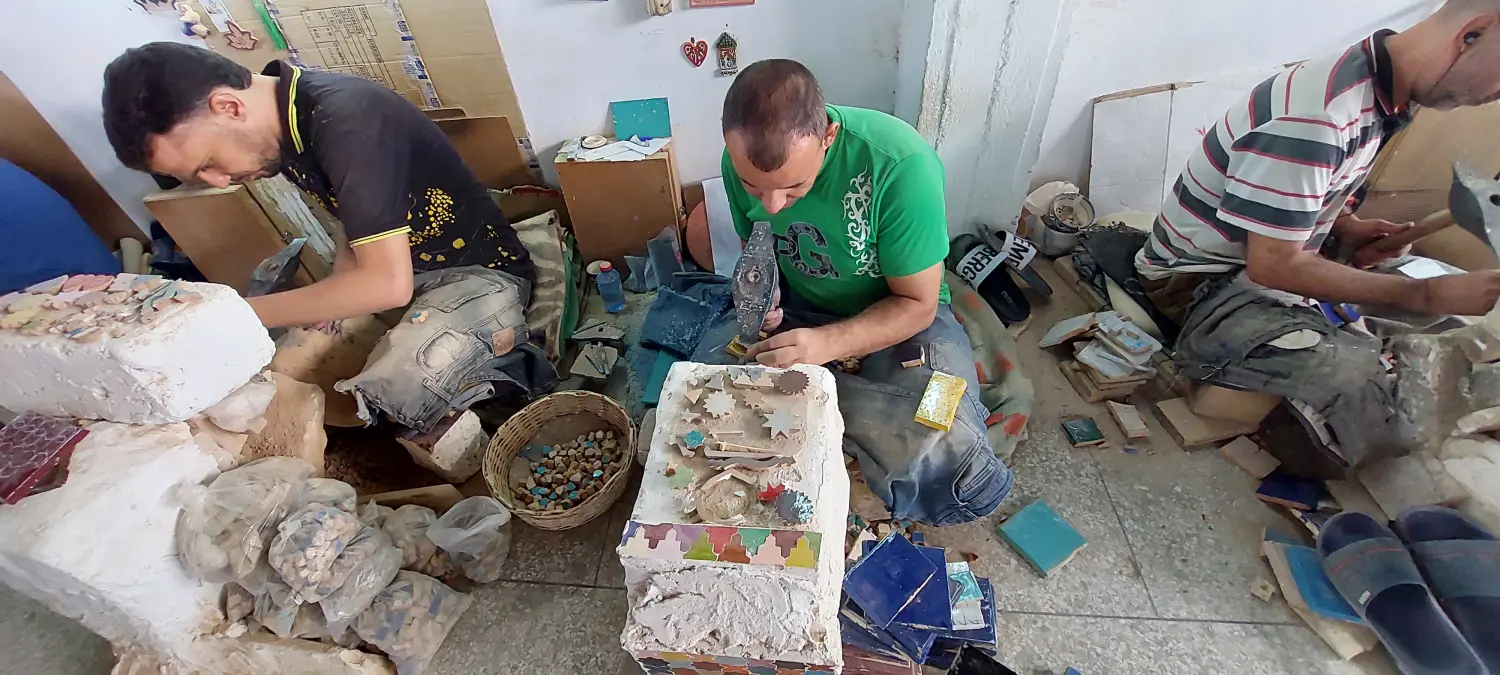
Zelligmosaic art is typical for the traditional architecture of Morocco. The individual mosaic particles are individually hammered from enamelled terracotta tiles, with a special hammer. Particularly large and impressive Zellig mosaics can be found in the Madrasa Bū’Inānīya of Fès, the Madrassa Ben Youssuf and the palaces of Marrakesh. Many roads are also richly decorated with it.
Contact usArgan oil, also known as Moroccan gold, is prossed in women’s cooperatives by hand, with stone mils. The argan tree (Arganium Spinosa) is endemic to Morocco and grows in the coastal region in south-western Morocco up to 100 km inland. The trees grow wild and rely on the coastal fog to thrive. The nuts are harvested and then brought to the Atlas Mountains to the women’s cooperatives. These cooperatives help women earn their own income.
